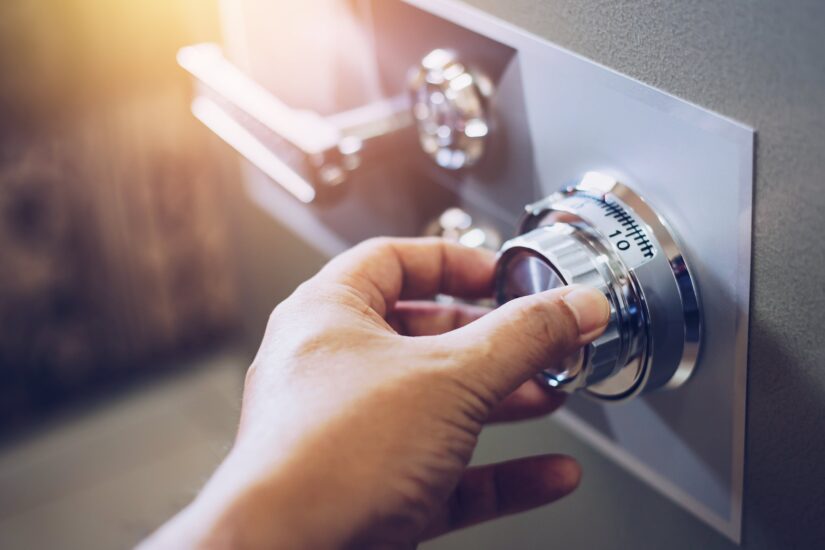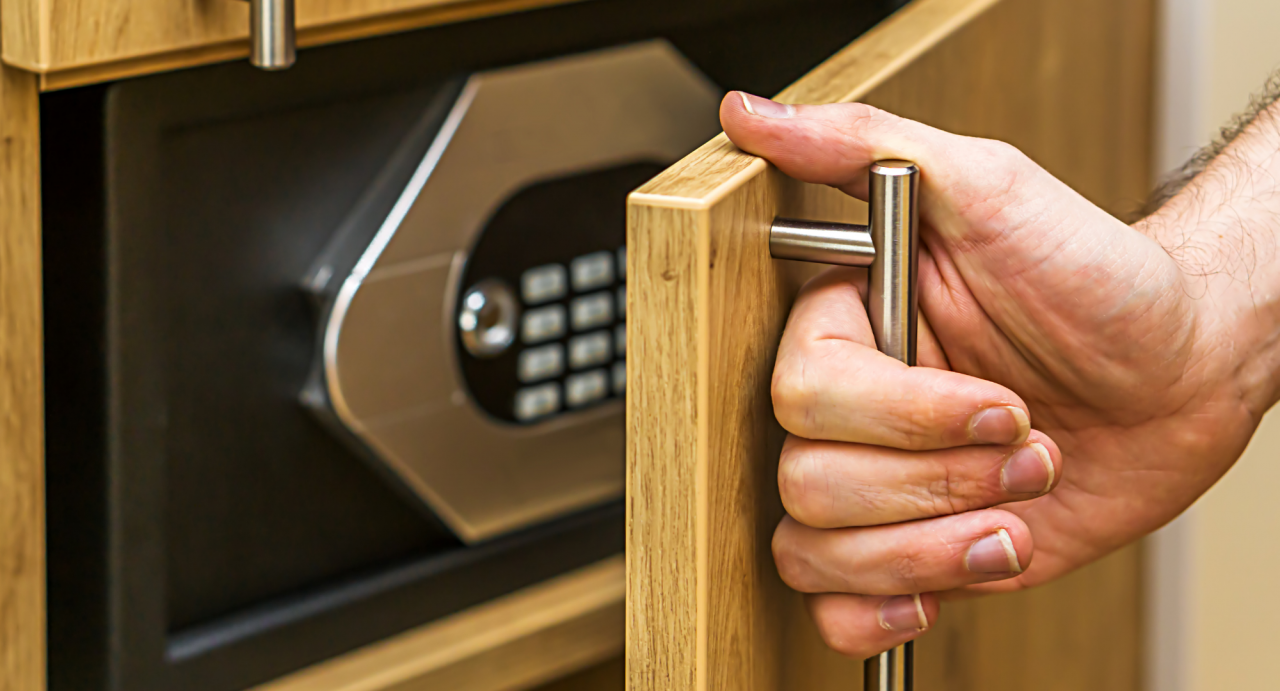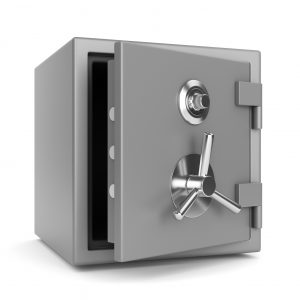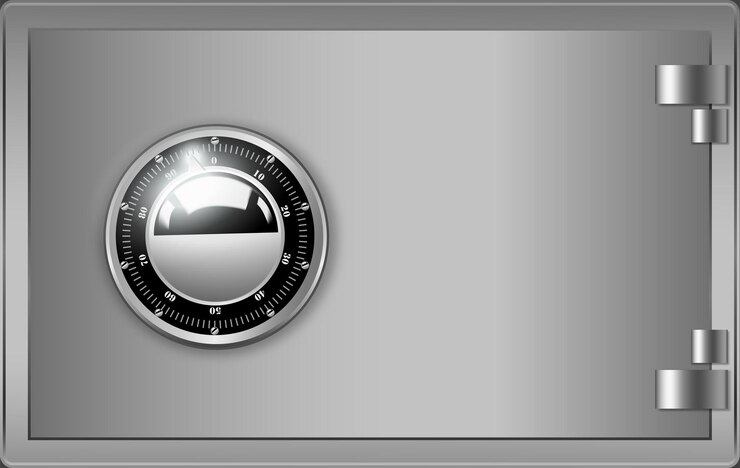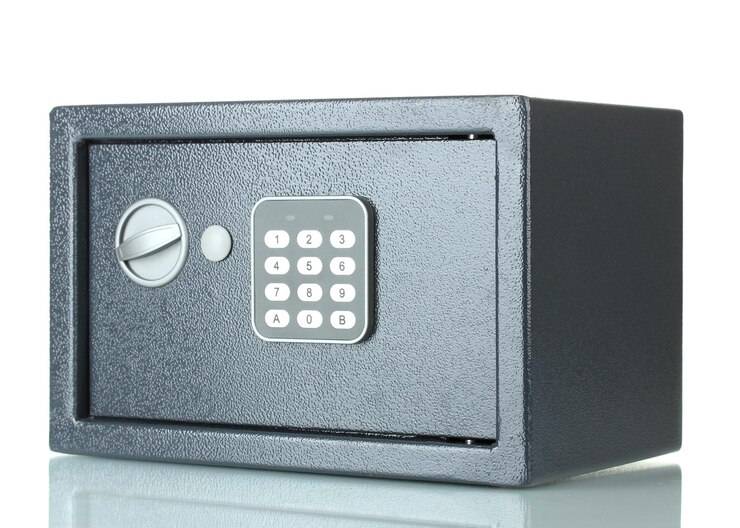In the realm of secure storage solutions, safe digital keypads stand as stalwart guardians, providing a modern and user-friendly interface for accessing safes and vaults. These electronic devices, equipped with numeric keypads, offer a seamless alternative to traditional mechanical locks, combining convenience with robust security measures. In this comprehensive guide, we delve into the intricacies of safe digital keypads, exploring their functionality, the importance of changing codes, step-by-step procedures for code alteration, common issues, troubleshooting steps, and tips for ensuring code security.
Read more about Safe Installation and Repair.
Understanding Safe Digital Keypads
Safe digital keypads operate as the gatekeepers of secure storage, comprising several key components that work in harmony to grant access while maintaining stringent security protocols. At their core, these keypads feature a numeric interface, allowing users to input their unique access codes. Accompanying the keypad is the control circuitry, responsible for processing user inputs and communicating with the locking mechanism. The locking mechanism, intricately linked to the control circuitry, responds to validated codes by granting access to the safe’s contents. Furthermore, modern iterations of safe digital keypads often incorporate additional features such as backlighting for visibility in dimly lit environments, audible feedback for confirmation of keypresses, and programmable user codes for heightened security.
The Importance of Changing Codes
- Security Enhancement: Regularly changing the access code serves as a proactive measure to enhance security, mitigating the risk of unauthorized entry due to compromised codes.
- Employee Turnover or Access Restriction: In commercial or organizational settings, changing codes becomes imperative with employee turnover or alterations in access permissions, ensuring restricted access to authorized individuals.
- Suspected Compromise or Security Breach: In scenarios where a security breach is suspected or the integrity of the safe’s security is compromised, changing the code is paramount to prevent potential theft or unauthorized access.
Steps to Change the Code
- Accessing the Programming Mode: Initiate the code alteration process by accessing the programming mode through manufacturer-specified methods, which typically involve pressing specific buttons or sequences.
- Entering the Existing Code: Input the current code accurately to authenticate access to the programming mode, ensuring adherence to the manufacturer’s instructions.
- Setting a New Code: Select a new code that strikes a balance between memorability and complexity, adhering to any stipulated requirements regarding length or character types.
- Confirming the New Code: Validate the new code by re-entering it, ensuring precision to avoid discrepancies or errors.
- Exiting the Programming Mode: Conclude the process by exiting the programming mode as per the manufacturer’s guidelines, finalizing the code alteration successfully.
Common Issues When Changing Codes
- Incorrect Programming Mode Access: Address issues related to accessing the programming mode by meticulously following the manufacturer’s instructions.
- Forgotten Existing Code: Seek assistance from the user manual or the manufacturer’s support channels if confronted with a forgotten existing code.
- Programming Errors: Mitigate the risk of programming errors by meticulously verifying each step of the code alteration process to ensure accuracy.
Troubleshooting Steps
- Resetting the Safe: In cases of persistent issues, consider resetting the safe to its factory settings, adhering to manufacturer-specified procedures.
- Checking Batteries: Address keypad malfunctions by replacing depleted or low batteries with fresh ones to restore functionality.
- Contacting Support: Leverage the expertise of the manufacturer’s customer support team for prompt resolution of encountered issues.
Tips for Ensuring Code Security
- Choose a Strong Code: Opt for a combination of numbers, letters, and symbols to craft a robust and unique access code.
- Regular Code Changes: Implement periodic code alterations to bolster security measures and thwart potential unauthorized access attempts.
- Keep Code Confidential: Safeguard the access code by refraining from sharing it indiscriminately and storing it securely in a trusted location accessible only to authorized individuals.
Read here about Reasons to Install a Safe at Home!
Conclusion
Safe digital keypads serve as the gatekeepers of secure storage solutions, offering a blend of convenience and robust security measures. By understanding the importance of changing codes, adhering to procedural guidelines for code alteration, addressing common issues through troubleshooting steps, and implementing security-enhancing measures, users can effectively manage access to their safe’s contents while safeguarding valuable assets. In cases of uncertainty or encountered difficulties during the code alteration process, leveraging the expertise of the manufacturer’s support team ensures prompt resolution, thereby maintaining the integrity of security protocols.

